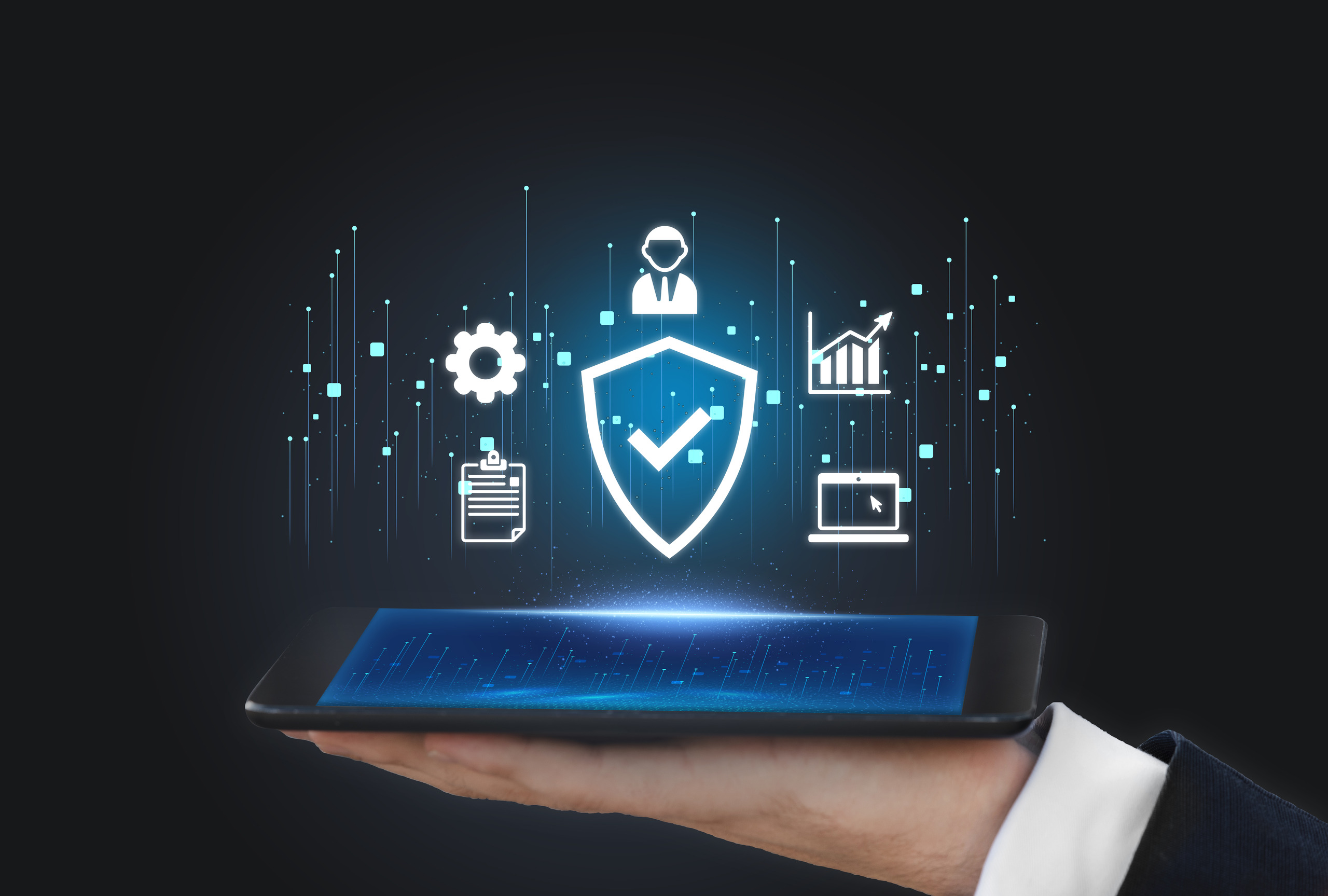There are no boundaries or borders in the digital age – Karim Rashid.
We live in the digital age, the age of convenience that has improved our lives. However, everything in this world comes with its own set of advantages and threats. So does the digitalisation. Cyber attacks and breaches have become increasingly common, making it imperative for individuals and businesses to implement adequate cybersecurity measures.
There are many questions regarding the threads in cybersecurity, and we are here to answer them. So, in this blog, you will learn about the evolving threads in cybersecurity and strategies for protection.
Understanding Cybersecurity In The Digital Age
Cybersecurity is an integral part of business operations. It safeguards digital assets from unauthorised access and is crucial in protecting against financial losses and reputational damage. Access controls are essential for data protection, while cyberattacks can lead to identity and financial information theft.
In today’s digital world, cybersecurity is crucial. Businesses require robust measures to protect sensitive information from cyber threats. Moreover, enhanced cybersecurity measures build customer trust and prevent physical damage. Cybersecurity is an integral part of our daily lives.
What Are The Evolving Threats In Cybersecurity?
Ransomware attacks are increasing, targeting businesses and individuals. Here, we have listed a few evolving threads in cybersecurity. Have a look!
1. Sophisticated Malware And Ransomware Attacks
Cyber threats have grown increasingly sophisticated, with malware and ransomware at the forefront. These malicious software programs are designed to infiltrate systems, encrypt data, and demand ransom for its release. Notable ransomware attacks on organisations worldwide have highlighted the devastating impact these can have on businesses, governments, and individuals.
2. Phishing and Social Engineering
Phishing attacks continue to be a prevalent threat, where cybercriminals use deceptive emails, messages, or websites to trick individuals into divulging sensitive information like login credentials or financial details. Social engineering techniques exploit human psychology, manipulating people into performing actions or revealing information unwittingly.
3. Internet of Things (IoT) Vulnerabilities
The proliferation of Internet of Things (IoT) devices has expanded the attack surface for cyber threats. Many of these devices lack robust security measures, making them easy targets for hackers to exploit and compromise. Vulnerable IoT devices can serve as entry points to larger networks, posing significant risks to personal and organisational security.
What Are The Strategies For Cybersecurity Protection?
Adopting effective strategies for protection is imperative to secure our data, privacy, and overall digital well-being. Therefore, here we have listed a few ways to protect cybersecurity.
1. Education And Awareness
Empowering yourself with knowledge of cybersecurity threats is essential. Training sessions, workshops, and ongoing education initiatives can help you recognise potential threats like phishing attempts and understand how to mitigate risks effectively.
2. Robust Security Measures
Implementing robust cybersecurity measures such as encryption, multi-factor authentication, firewalls, and regularly updated antivirus software helps fortify systems against various threats. Regular security audits and timely software updates are critical to patching vulnerabilities and maintaining resilience against evolving threats.
3. Data Backup and Recovery
Creating regular backups of essential data ensures that data loss can be minimised even in the event of a successful cyber attack. Establishing efficient data recovery protocols is vital to swiftly restore operations in case of an incident.
4. Collaborative Approach And Incident Response Plan
In today’s digitally interconnected world, collaboration between stakeholders is crucial. Organisations should develop comprehensive incident response plans to swiftly address and contain security breaches. This involves having a designated team, clear protocols, and regular drills to test the efficacy of the response plan.
5. Innovations in Cybersecurity: AI and Machine Learning
AI and machine learning enhance cybersecurity measures by detecting and mitigating cyber threats. With AI-driven cybersecurity solutions, response time to attacks improves. Machine learning algorithms can identify patterns of cyberattacks, making them crucial in today’s digital world. Incorporating AI and machine learning in cybersecurity processes is significant.
How Can We Improve Cybersecurity In The Future?
Enhancing cybersecurity measures is crucial to combat evolving cyber threats. Collaboration among stakeholders is necessary for robust cybersecurity. Continuous monitoring of the landscape and vulnerabilities is vital. Utilising advanced technologies like AI and machine learning can bolster cybersecurity. A proactive approach must be taken to prevent cyberattacks and data breaches.
Analysing the Effectiveness of Current Cybersecurity Measures
Regulatory requirements are vital in cybersecurity, ensuring robust measures protect personal data. Breaches result in reputational damage and financial losses. Cybersecurity is an ongoing process requiring regular updates and monitoring. Prioritising cybersecurity safeguards intellectual property.
The Role of Government in Cybersecurity
Governments play a crucial role in establishing cybersecurity regulations, collaborating with stakeholders, investing in infrastructure and resources, and prioritising cybersecurity measures. Cyber threats transcend borders, so international cooperation is essential for effective cybersecurity. Governments must set an example and lead the way in protecting against evolving threats.
Corporate Cybersecurity Strategies: Success and Failures
Implementing robust measures is critical for business success. Failure to address risks can lead to reputational damage. Companies must invest in training and awareness programs. Incident response plans are crucial for minimising damage from attacks. Failures can have long-lasting financial and legal consequences.
The Final Say
Cybersecurity is an ongoing battle we must actively engage in to protect ourselves and our digital assets. With the ever-evolving threats in the digital age, it is crucial to stay updated on the latest cybersecurity measures and strategies for protection. From understanding cybersecurity’s importance to analysing current measures’ effectiveness, we have explored various aspects of this topic.
Remember, cybersecurity is about protecting your data and privacy and safeguarding the trust and confidence of those who rely on us. Let’s prioritise cybersecurity and work together to create a safer digital environment.

